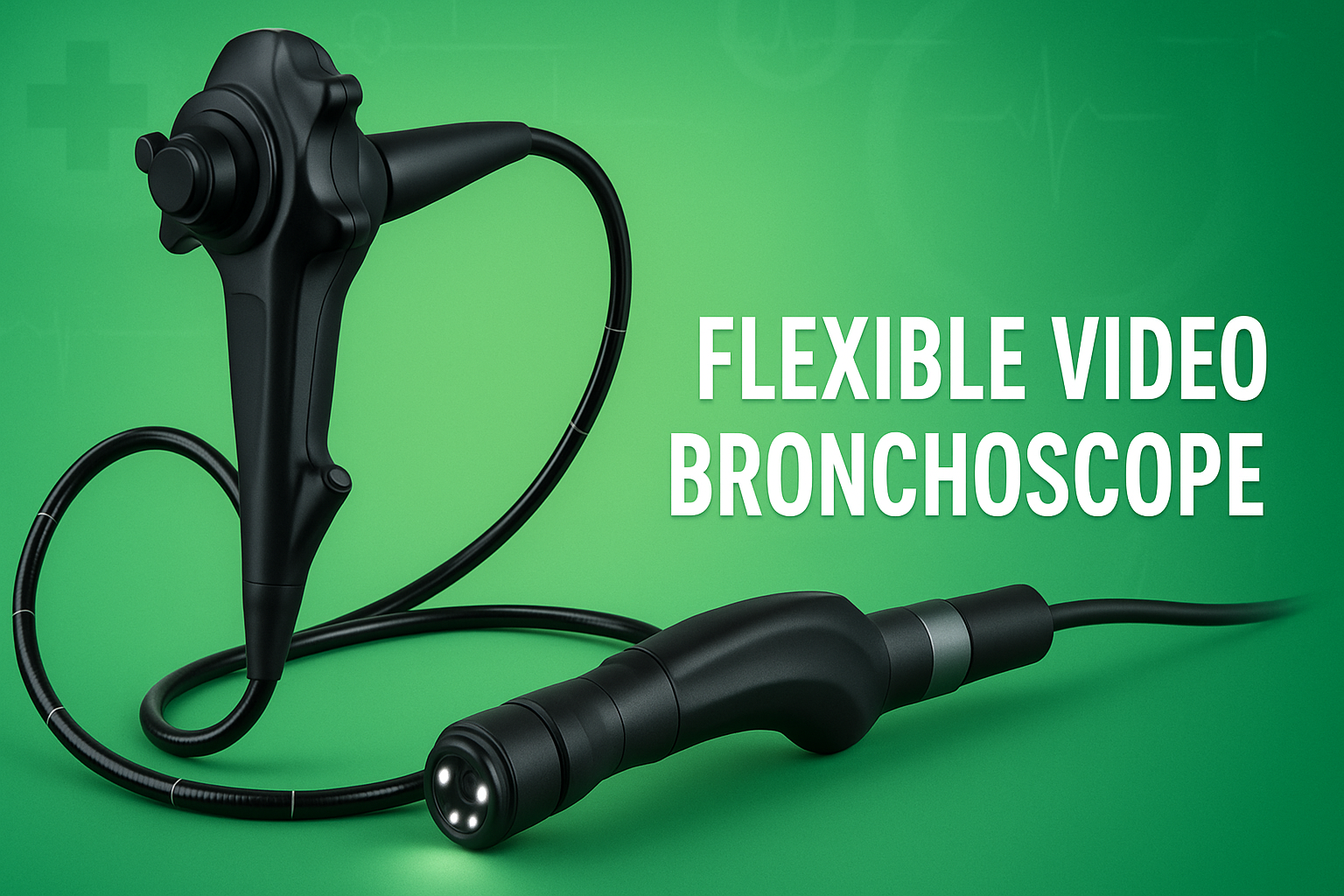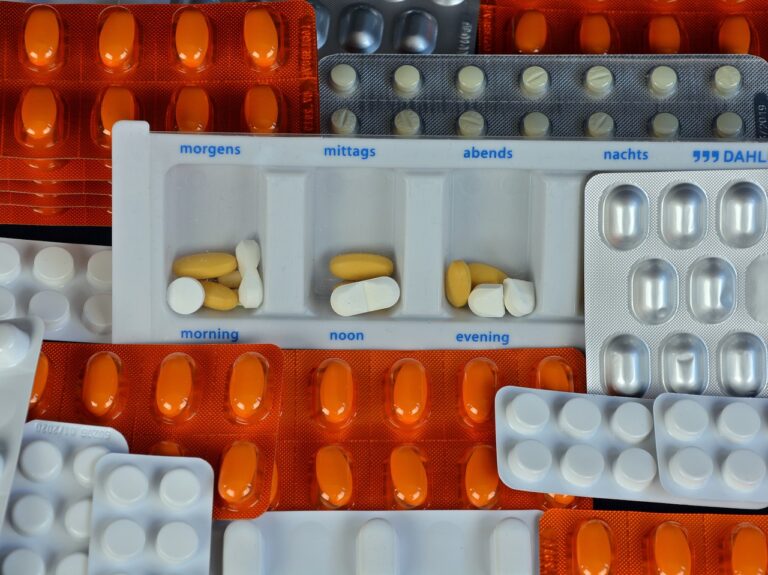Flexible Video Gastroscope: Advancing Precision in Upper GI Diagnostics and Treatment
A Flexible Video Gastroscope is a modern, highly maneuverable endoscopic instrument designed to visually examine and perform interventions in the upper gastrointestinal (GI) tract. Its use has revolutionized how gastroenterologists diagnose and treat conditions related to the esophagus, stomach, and the first portion of the small intestine (duodenum). This tool combines flexible shaft navigation with advanced video imaging, enabling real time, high resolution visualization of internal mucosal surfaces. In this article, we will explore its structure, uses, benefits, procedural techniques, safety aspects, and its growing importance in clinical practice.
Understanding the Flexible Video Gastroscope
The flexible video gastroscope is built to bend and move with the natural curves of the upper GI tract, making the procedure safer and more comfortable for patients compared to rigid scopes. At the distal end, it is fitted with a miniature camera (usually a CMOS or CCD sensor) and an LED light source, providing high definition visualization. The scope connects to an external video processor and monitor, allowing clinicians to examine the GI lining in real time.
Most flexible gastroscopes also contain one or more working channels that allow instruments to pass through such as biopsy forceps, snares, injection needles, or suction and irrigation lines. These make it possible to perform both diagnostic and therapeutic procedures during the same examination.
Key Components of the Device
-
Insertion Tube – The flexible, slender shaft that is inserted through the mouth and navigated down to the duodenum.
-
Distal End with Video Chip – Houses the camera, LED lights, and sometimes a lens-cleaning mechanism.
-
Articulation System – Controlled by knobs on the handpiece to steer the tip of the scope in four directions (up, down, left, right).
-
Control Handle – Allows the operator to manage angulation, suction, air or CO₂ insufflation, irrigation, and tool manipulation.
-
Working Channels – Enable insertion of instruments, suctioning of fluids, or delivery of medications directly into the GI tract.
-
Video Processor and Monitor – Convert visual signals into live video output on a screen for examination and documentation.
Clinical Applications of the Flexible Video Gastroscope
The flexible video gastroscope is used in a wide array of diagnostic and therapeutic procedures, including but not limited to:
1. Diagnosis of Upper GI Disorders
-
Gastritis and Peptic Ulcers: Direct visualization of inflammation or ulceration in the stomach and duodenum.
-
Gastroesophageal Reflux Disease (GERD): Identification of esophagitis, erosions, or Barrett’s esophagus.
-
Hiatal Hernia: Observing stomach displacement through the diaphragm.
-
Tumor Screening: Detecting masses, polyps, or suspicious lesions early.
2. Biopsy and Sampling
Tissue samples can be taken during the procedure using specialized forceps to test for infections (like H. pylori), malignancy, or inflammation.
3. Foreign Body Removal
Ingestion of foreign bodies, such as coins or food boluses, can be safely removed under direct visual guidance.
4. Hemostasis of Bleeding Lesions
Bleeding ulcers or varices can be managed using injection therapy, thermal cautery, or endoscopic clips.
5. Stricture Dilation
Benign or malignant narrowing of the esophagus or pyloric channel can be gently dilated using balloon catheters or bougies.
6. Surveillance of Pre-cancerous Conditions
Conditions like Barrett’s esophagus or gastric intestinal metaplasia require regular endoscopic surveillance, for which flexible gastroscopes are ideal.
7. Feeding Tube Placement
Gastrostomy tube placement (PEG) is often performed using a gastroscope to ensure accurate insertion and positioning.
Advantages of Using a Flexible Video Gastroscope
-
Enhanced Visualization: High definition video provides detailed images, improving diagnostic accuracy.
-
Patient Comfort: Its flexible nature allows for smoother insertion, often performed under conscious sedation rather than general anesthesia.
-
Versatility: Both diagnostic and therapeutic procedures can be conducted in one session.
-
Real-Time Feedback: Instant visual data allows for immediate decision-making.
-
Minimally Invasive: Reduces the need for surgical exploration.
-
Portable and Adaptable: Suitable for hospitals, ambulatory centers, and sometimes even mobile clinics.
The Procedure: Step-by-Step Overview
-
Preparation
The patient fasts for at least 6–8 hours to ensure an empty stomach. Consent is obtained, and sedation options are discussed. -
Positioning
The patient lies on their left side. A mouth guard is placed to protect the teeth and scope. -
Sedation
Sedation may be administered to ensure comfort, although the procedure can also be done without it in some cases. -
Insertion
The gastroscope is gently introduced through the mouth, passing through the pharynx, esophagus, stomach, and into the duodenum. -
Inspection
As the scope advances, the operator inspects the lining of each segment for abnormalities. -
Intervention
If needed, biopsies are taken, bleeding is managed, or foreign bodies are removed. -
Withdrawal
The scope is slowly withdrawn while re examining mucosal surfaces to ensure nothing is missed. -
Recovery
Patients are monitored briefly after the procedure and typically discharged the same day.
Risks and Safety Considerations
While flexible video gastroscopy is generally safe, it does come with some risks:
-
Sore Throat: Mild discomfort post-procedure is common.
-
Bleeding: Especially after biopsies or polypectomies.
-
Perforation: Rare, but serious usually requires surgical repair.
-
Sedation-related Complications: Breathing difficulties or allergic reactions may occur.
-
Infection: Rare with proper sterilization protocols in place.
To mitigate these risks, procedures are performed by trained professionals in controlled environments, with emergency support readily available.
Training and Competence
Proper use of a flexible video gastroscope requires specialized training. Gastroenterologists, ENT specialists, and surgeons undergo extensive hands on training under supervision. Mastery of tip control, anatomy, and troubleshooting scope-related challenges is essential. Additionally, continuous medical education ensures practitioners remain updated with technological advances and safety protocols.
Recent Advancements
The field of endoscopy has seen several enhancements that further improve the functionality of flexible video gastroscopes:
-
Narrow Band Imaging (NBI): Improves contrast of vascular and mucosal patterns without dyes.
-
High-Definition and 4K Imaging: Offers crystal-clear visuals.
-
AI Integration: Assists in detecting early stage lesions by flagging abnormalities.
-
Ultra-Thin Scopes: Allow procedures to be performed transnasally for even greater comfort.
-
Single-Use Gastroscopes: Designed to prevent cross-infection and reduce reprocessing needs.
Case Studies
Case 1: Diagnosing Early Gastric Cancer
A 55-year-old patient with persistent indigestion underwent flexible video gastroscopy. A small, flat lesion was visualized using enhanced imaging and biopsied. Pathology confirmed early stage gastric cancer, allowing for timely endoscopic removal and avoiding surgery.
Case 2: Managing Acute Bleeding
A patient presented with black stools and fatigue. Emergency gastroscopy revealed a bleeding duodenal ulcer. Through the gastroscope, epinephrine was injected and a clip was applied to control bleeding. The patient recovered without the need for surgery.
Case 3: Barrett’s Surveillance
A middle-aged man with chronic GERD was enrolled in a surveillance program using flexible video gastroscopy. Biopsies taken during routine checkups eventually detected dysplasia, prompting early treatment and prevention of esophageal cancer.
Conclusion
The Flexible Video Gastroscope represents a cornerstone of modern gastrointestinal medicine. Its ability to provide real time, high resolution visualization while allowing safe, targeted interventions makes it an indispensable tool. With continuous improvements in imaging, maneuverability, and artificial intelligence, this device not only enhances diagnostic precision but also elevates the overall quality of patient care. As healthcare moves towards more non invasive and efficient methods, the flexible video gastroscope will remain central to the evolving field of GI endoscopy.







